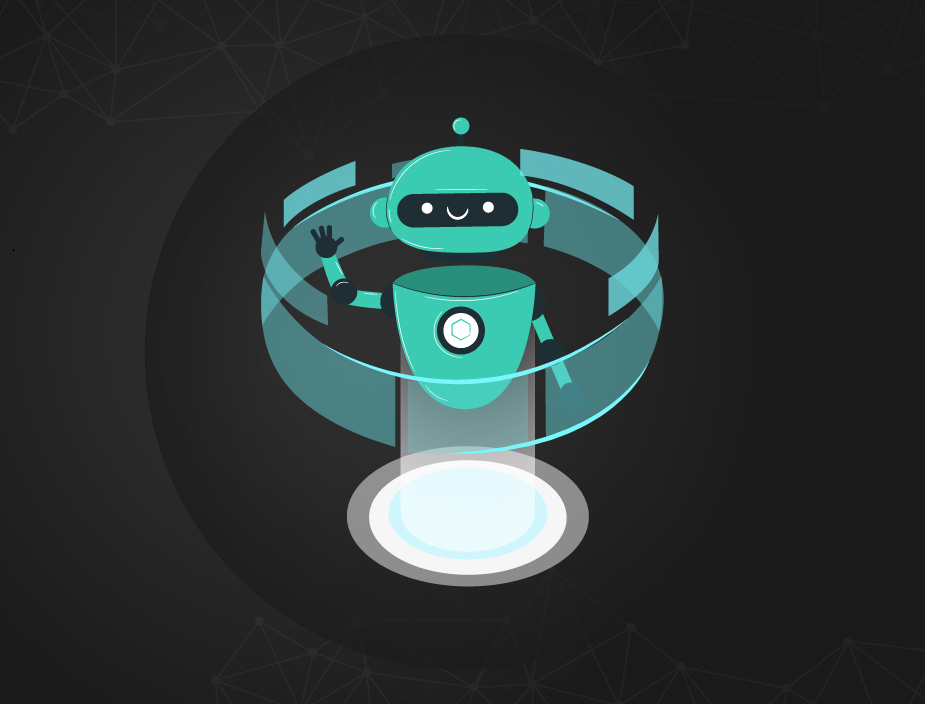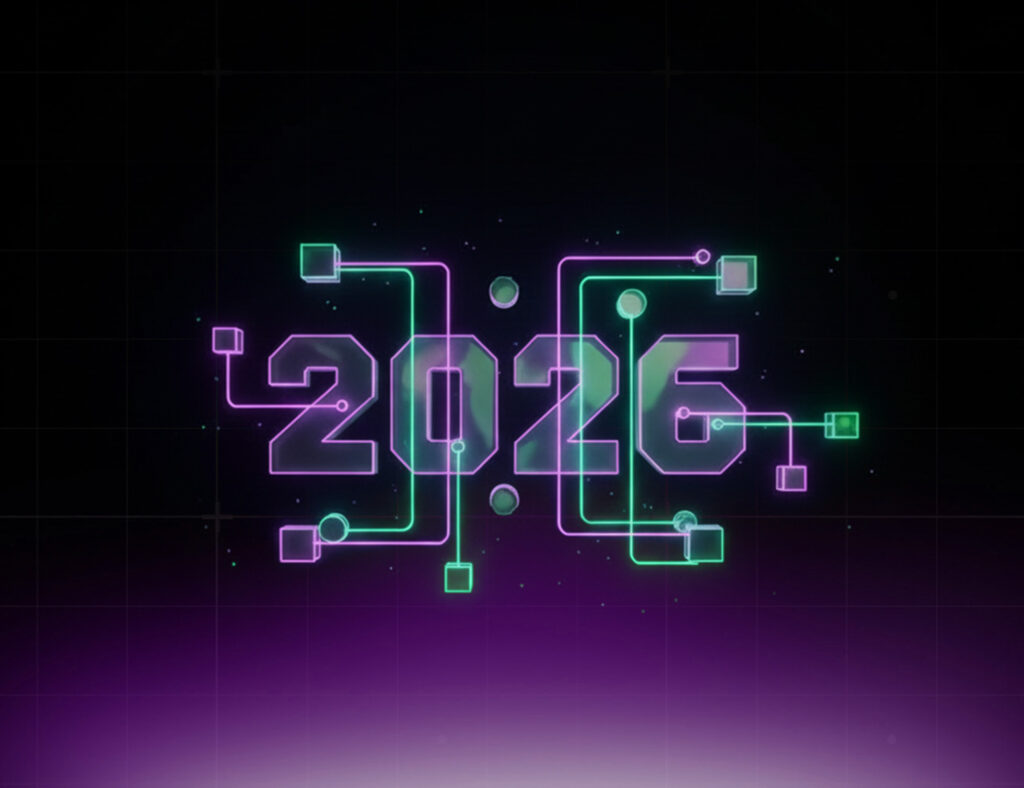Conversational bots are becoming increasingly common, but some businesses still hesitate due to a lack of understanding or perceived complexity. However, chatbots offer significant benefits and strategic opportunities. Let’s answer the top 10 questions about bot implementation:






